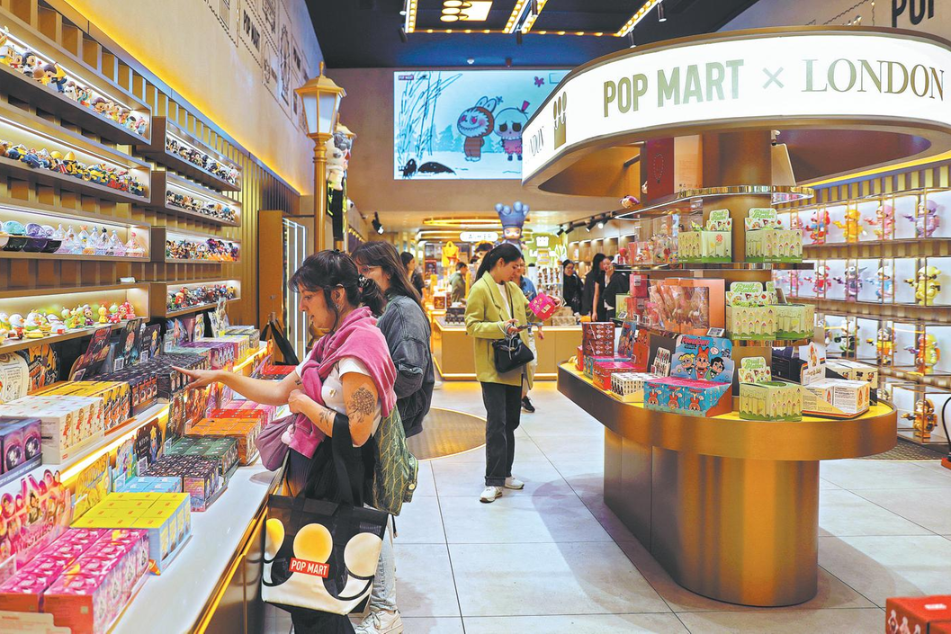Where great minds and spirits met
In Brussels' Grand Place, commerce meets poetry and wandering exiles etched their visions into Europe's memory


Karl Marx: The drafting of The Communist Manifesto
Brussels is a city of thousands of narrow streets, most unremarkable to the casual passerby. Rue Jean d'Ardenne is one such street — quiet, tucked away, lined with plain three-story homes weathered by Belgian rain. The walls are streaked with black, bicycles lean at odd angles, and the occasional blue-and-white garbage bag sits slumped against a lamppost.
No 50 is a four-story building that blends into its surroundings. "Ordinary" must be a key word among any writer's hands to describe this old building. However, a modest metal plaque carries shock for anyone reading it. It says:
Karl Marx, 1846-1848
Installed by the Ixelles Historical Society.
Everyone knows this name. Here, in this modest Brussels residence, Karl Marx lived for two years. At first he was expelled from Prussia and moved to France, but later under pressure of the Prussian government he was deported from France again. In 1845, this wandering thinker arrived in Brussels — a frontier city willing to harbor exiles and this house near the Grote Markt is where he once lived.
Marx's life here was far from idle. He spent his days immersed in discussions, writings and debates with his comrades, most often at a cafe on the Grote Markt: La Maison du Cygne, or the White Swan.
The White Swan has long been a fixture of the square. Originally built in the 1500s to serve merchants and farmers, it was reduced to ashes during French bombardments but rebuilt in 1698. Its richly ornamented facade, glittering with baroque details, earned it the nickname "the jewel of elegance" of the Grand Place. Over the centuries it changed hands and purposes, eventually becoming a cafe.
It was here, in 1846, that Marx and his comrade and supporter Friedrich Engels often gathered with friends. Sometimes they sat hunched in animated debate, their words spilling into the smoke-filled air; other times they bent silently over pages, writing feverishly. To this day, the cafe preserves the table where Marx was said to have sat most often, a small plaque marking the place where theory met ink.
Brussels gave Marx a pause from the exile life he had endured. It allowed him the quiet to reflect on years of thought and experience he had accumulated while editing Die Neue Rheinische Zeitung (The New Rhein Newspaper). In Brussels, he digested all those lessons learned from past experiences and transmuted them into something larger.
After two years' working, by the time he left the city in 1848, Marx and Engels had completed the draft of The Communist Manifesto. Published in London that same year, the pamphlet would reverberate across continents, inspiring workers' movements and shaping the course of world history.
Victor Hugo: The most beautiful square in Europe
Directly across from the White Swan stands another building named for a bird: La Maison du Pigeon, the Pigeon Hotel. Like its neighbor opposite, it had been destroyed in the French bombardments and rebuilt in 1698. For centuries, it served travelers passing through Brussels, offering rest to merchants, soldiers and occasionally exiles.
In 1851, three years after Marx had departed Brussels, the Pigeon received its most celebrated guest: Victor Hugo.
Hugo had once supported Louis-Napoleon Bonaparte but turned into a fierce critic after the latter declared himself Emperor Napoleon III. Forced into exile, Hugo fled to Belgium, where he first lodged at the Pigeon Hotel.
Hugo's exile didn't dull his creative fire. He would stroll the Grand Place, absorbing the square's dramatic Gothic facades with the eye of a poet. He left some of the most enduring tributes to its beauty: "The Town Hall of Brussels is a jewel comparable to the spire of Chartres; a dazzling fantasy of a poet fallen from the mind of an architect. And then, the square that surrounds it is a marvel. Save for three or four houses which modern pedants have allowed to be distorted, there is not a single facade which is not a date, a costume, a stanza, a masterpiece. I would have wished to draw them all, one after the other."
Hugo didn't linger at the Pigeon long, but his time there was productive. He composed Napoleon le Petit (Napoleon the Little), his scathing denunciation of Napoleon III's regime, a pamphlet that spread across Europe and reinforced his reputation as both a literary giant and a political conscience.
Today, a plaque on the building reminds passersby that Hugo once lived here, gazing out at the square that awes visitors still.
























